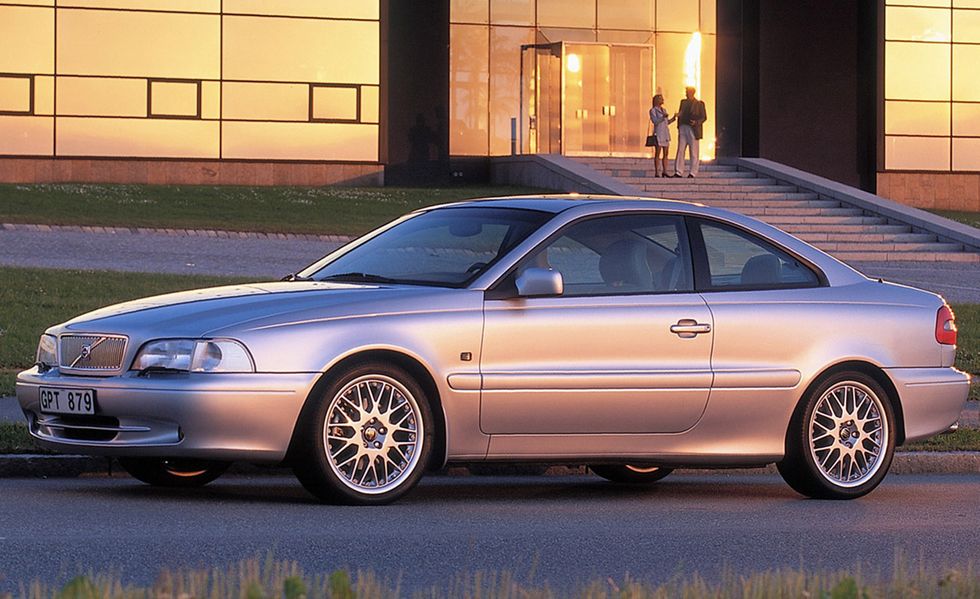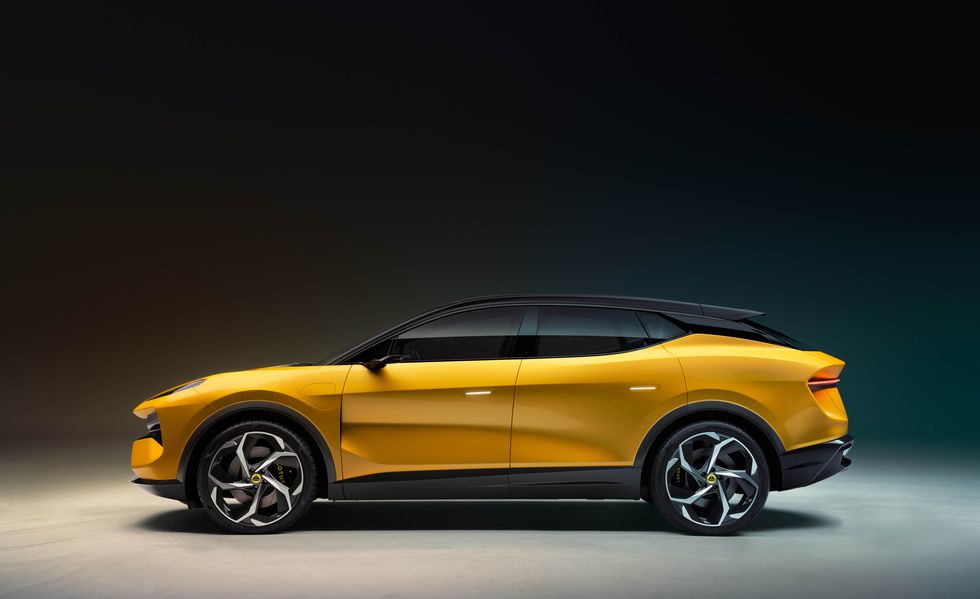Designer Peter Horbury Dies, Age 72; Led Design at Volvo, Lotus

After an almost 50-year career, automotive designer Peter Horbury died suddenly while traveling in China. Most recently, Horbury was executive vice president of design for Group Lotus.Horbury worked at or for multiple automakers, including Ford, Chrysler, and smaller brands including Bentley and Rolls-Royce. He also worked on motorcycles and the updated London Taxi.Horbury is best remembered for shifting Volvo’s classic angular design language to something sleeker and luxurious today.
Peter Horbury, the automotive designer best known for leading the transition from boxy to curvy during his decades at Volvo and, most recently, as the executive vice president of design at Lotus, has died. He was 73.
Volvo
A cause of death has not been announced, but it appears to have been unexpected. According to a statement from Lotus, Horbury passed away “while visiting colleagues in China, doing what he has always done—leading, inspiring and mentoring others to challenge conventions and be the best that they can be.”
What he has always done also includes designing an incredible variety of vehicles—cars, bikes, buses, vans and London Taxis, according to a deep tribute over at Car Design News —for an incredible variety of companies: Volvo, Ford, Chrysler, Geely, Lotus, Bentley, Triumph, Rolls-Royce, and more.
Horbury started in the industry after graduating from the Royal College of Art in London in 1974. His oversize impact at Volvo kicked off in 1991 when he became the automaker’s head of design. He famously led the company away from the boxy designs of the 1970s and 1980s, starting with the ECC concept car in 1992 and on to the S80 production model and then the XC90. In 2002, Horbury became the head of design in Ford’s Premier Automotive Group, which included Aston Martin, Jaguar, Land Rover, and Volvo.

1998 Volvo C70.
Car and Driver
Horbury went back to Volvo in 2009 to become vice president of design. When Ford sold Volvo to Geely in 2010, Horbury became Geely’s senior vice president of design. While there, he worked on multiple Geely brands, including Lynk & Co, Proton, and Lotus. One of the last vehicles Horbury worked on to have a reveal was the Lotus Eletre electric SUV last fall.

Horbury’s peers in the automotive industry have been posting their condolences. Andy Palmer, the former CEO of Aston Martin, called Horbury an “extraordinary talent.” Ford CEO Jim Farley said Horbury’s passing deeply saddened him and that Horbury used “the power of design to transform and modernize Volvo globally.” Lotus’s official announcement noted that the charismatic Horbury spent nearly half a century designing “some of the world’s most significant and pioneering cars.”
This content is imported from twitter. You may be able to find the same content in another format, or you may be able to find more information, at their web site.
I am deeply saddened by the passing of Peter Horbury. Our heart and condolences go out to his family. Peter was a remarkable design leader, perhaps best known for using the power of design to transform & modernize Volvo globally. He was an incredible advocate for Lincoln & Ford… pic.twitter.com/fqWG6iT83L
— Jim Farley (@jimfarley98) July 1, 2023
Beyond the adulations for a design legacy that “can be found on roads across the world today, enjoyed by millions of drivers,” as Lotus CEO Feng Qingfeng put it in a statement, social media and personal tributes speak about the many ways Horbury enjoyed life. It is clear he will be missed by many around the world.

Contributing Editor
Sebastian Blanco has been writing about electric vehicles, hybrids, and hydrogen cars since 2006. His articles and car reviews have appeared in the New York Times, Automotive News, Reuters, SAE, Autoblog, InsideEVs, Trucks.com, Car Talk, and other outlets. His first green-car media event was the launch of the Tesla Roadster, and since then he has been tracking the shift away from gasoline-powered vehicles and discovering the new technology’s importance not just for the auto industry, but for the world as a whole. Throw in the recent shift to autonomous vehicles, and there are more interesting changes happening now than most people can wrap their heads around. You can find him on Twitter or, on good days, behind the wheel of a new EV.







